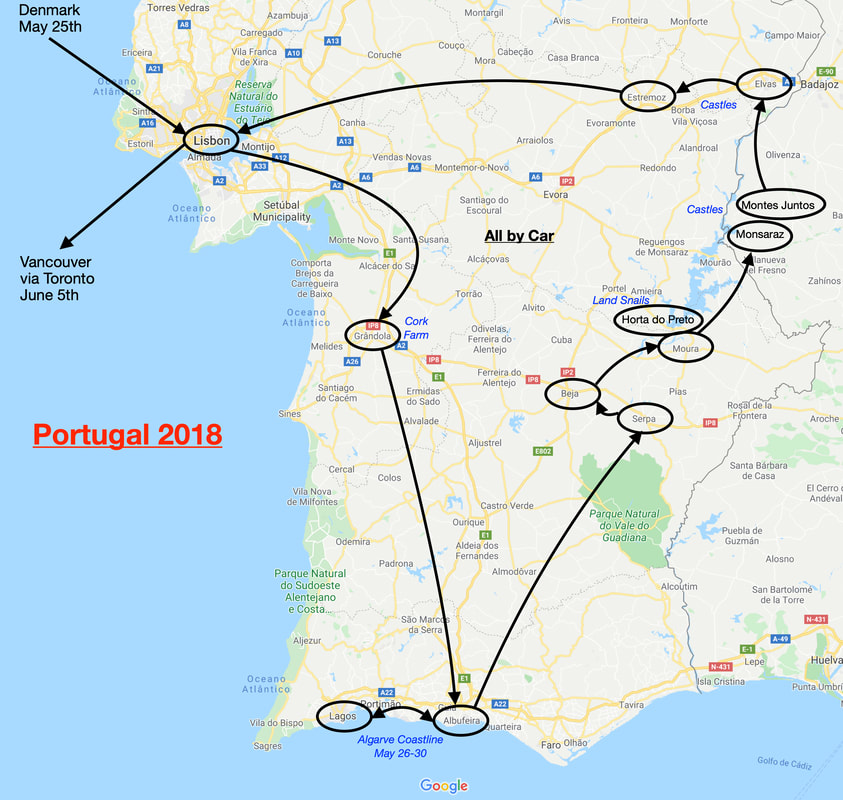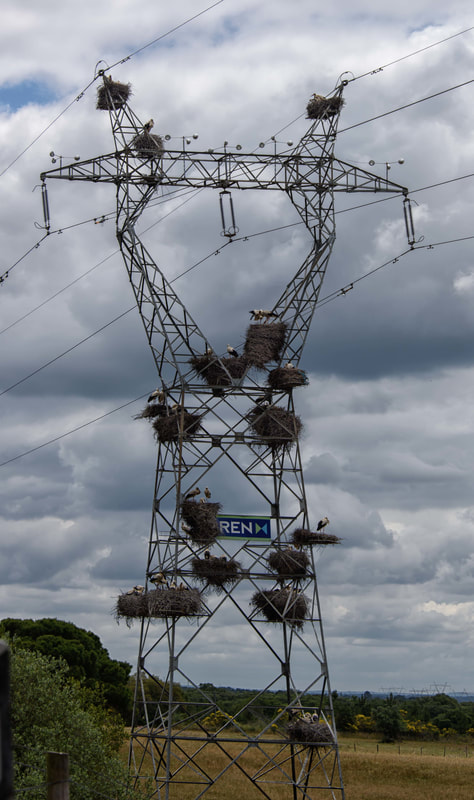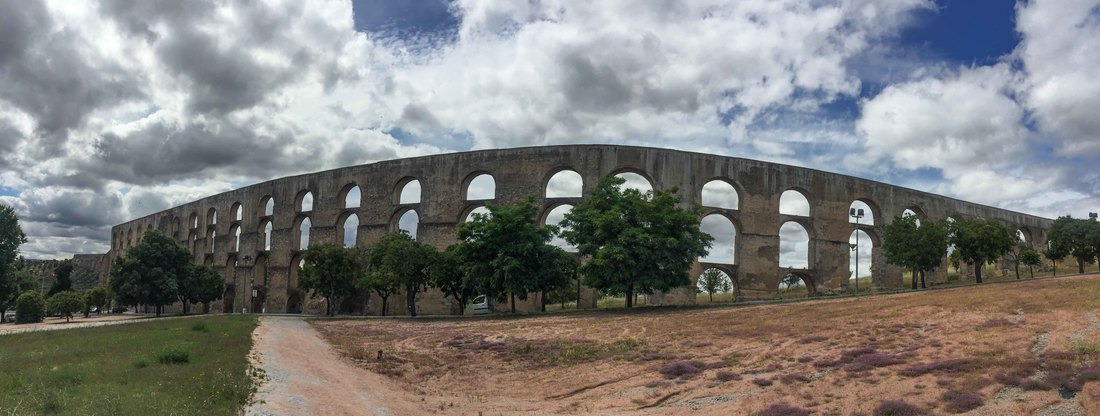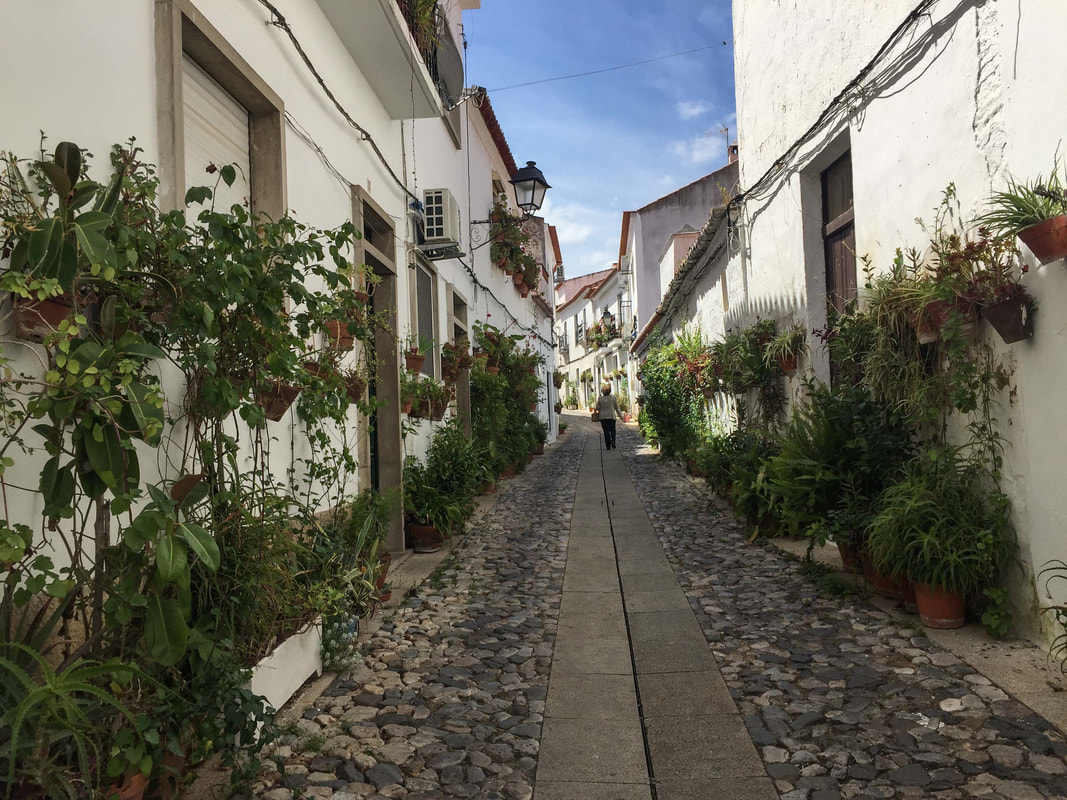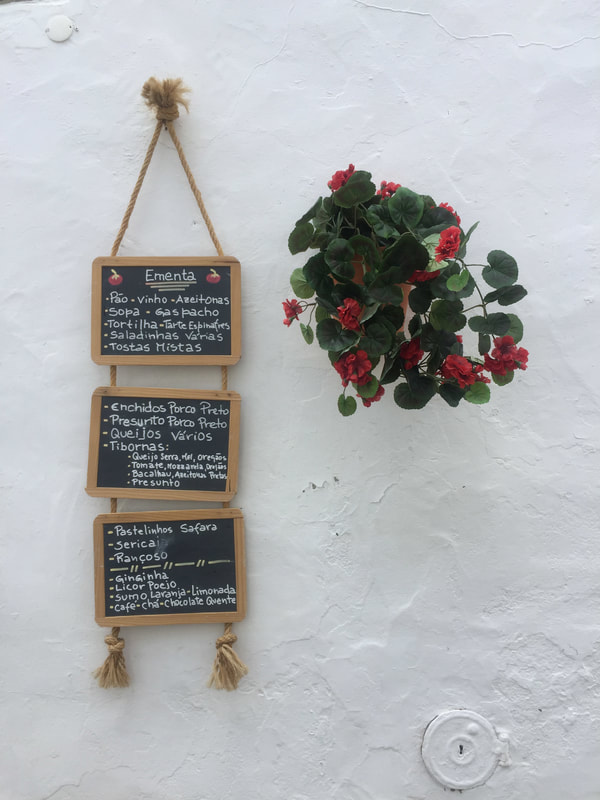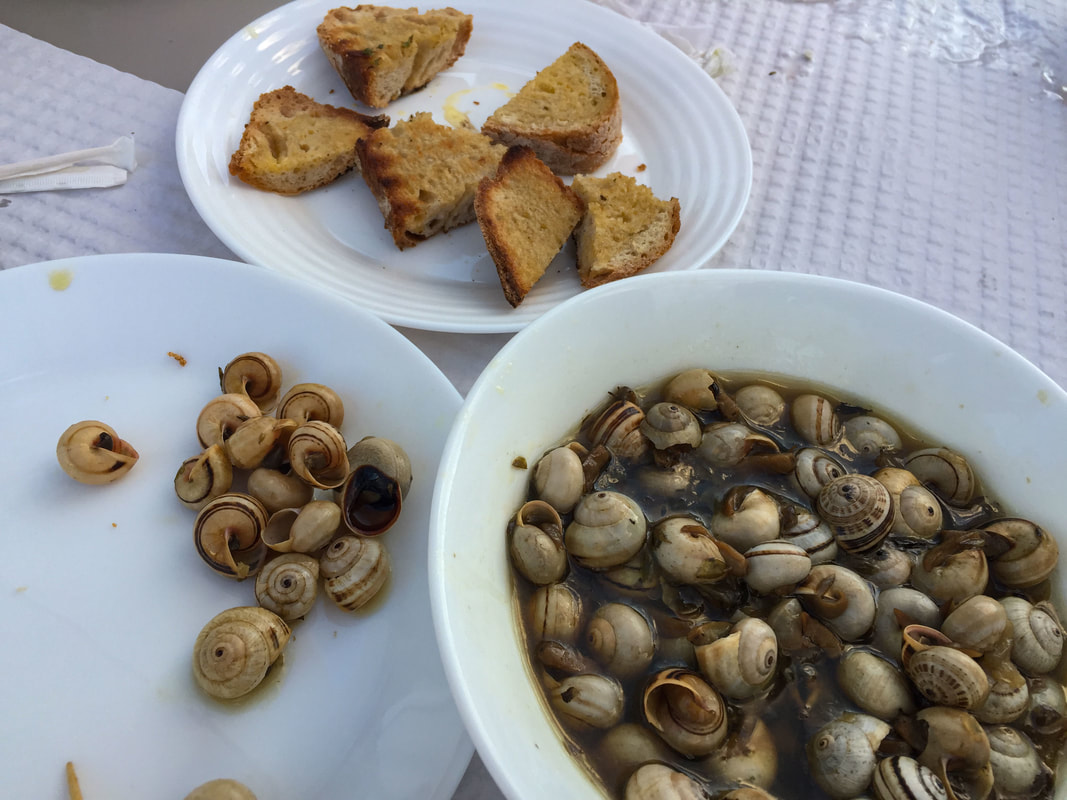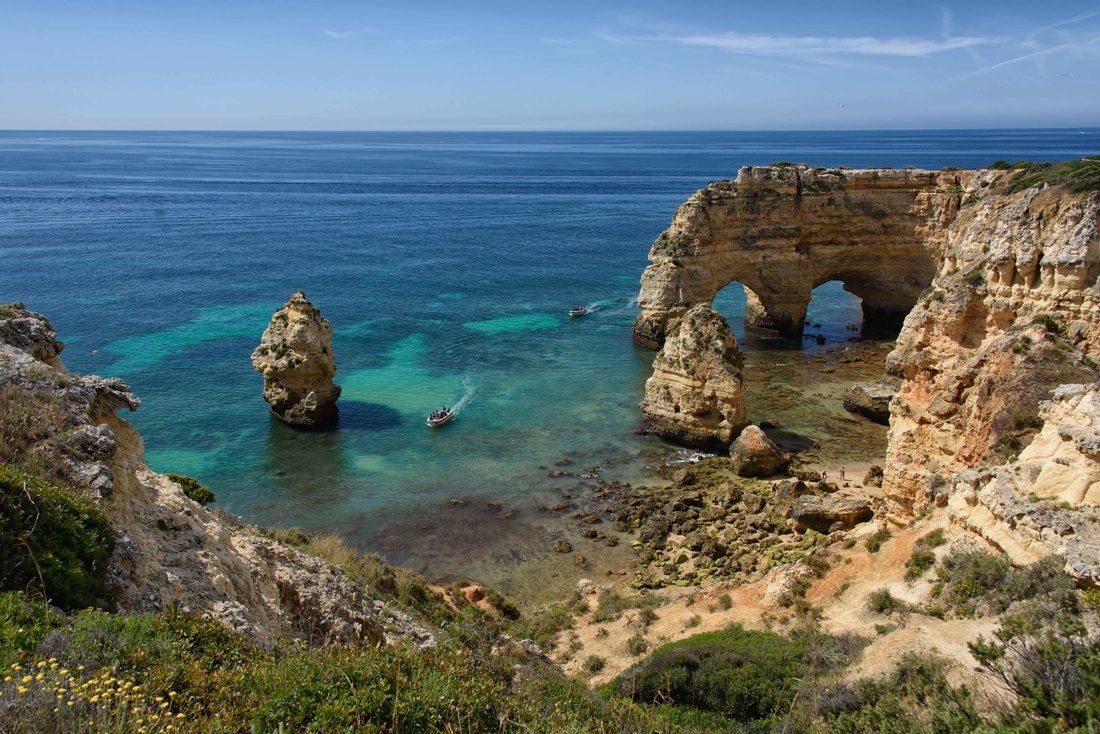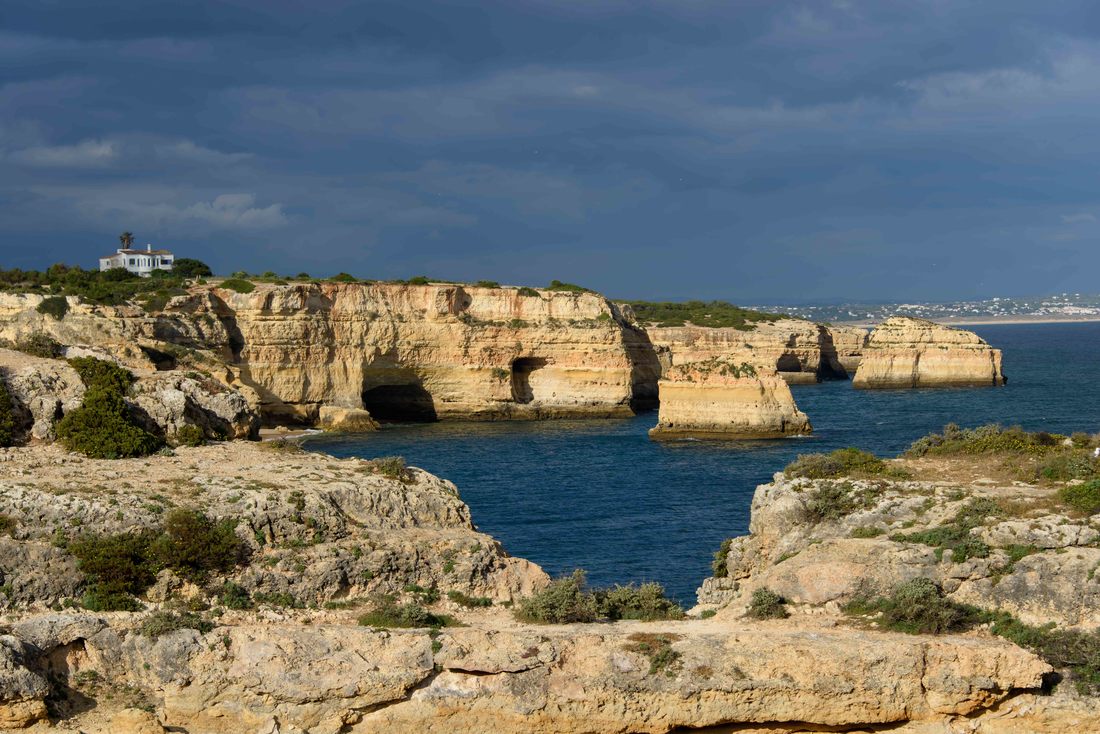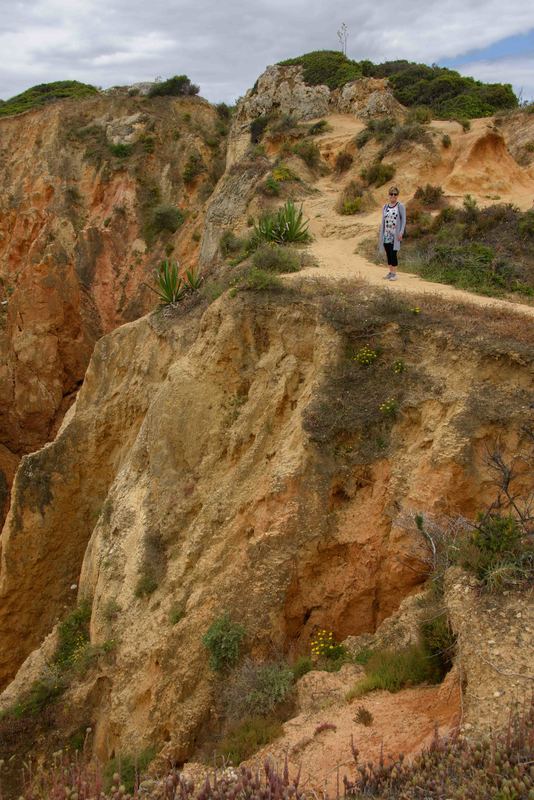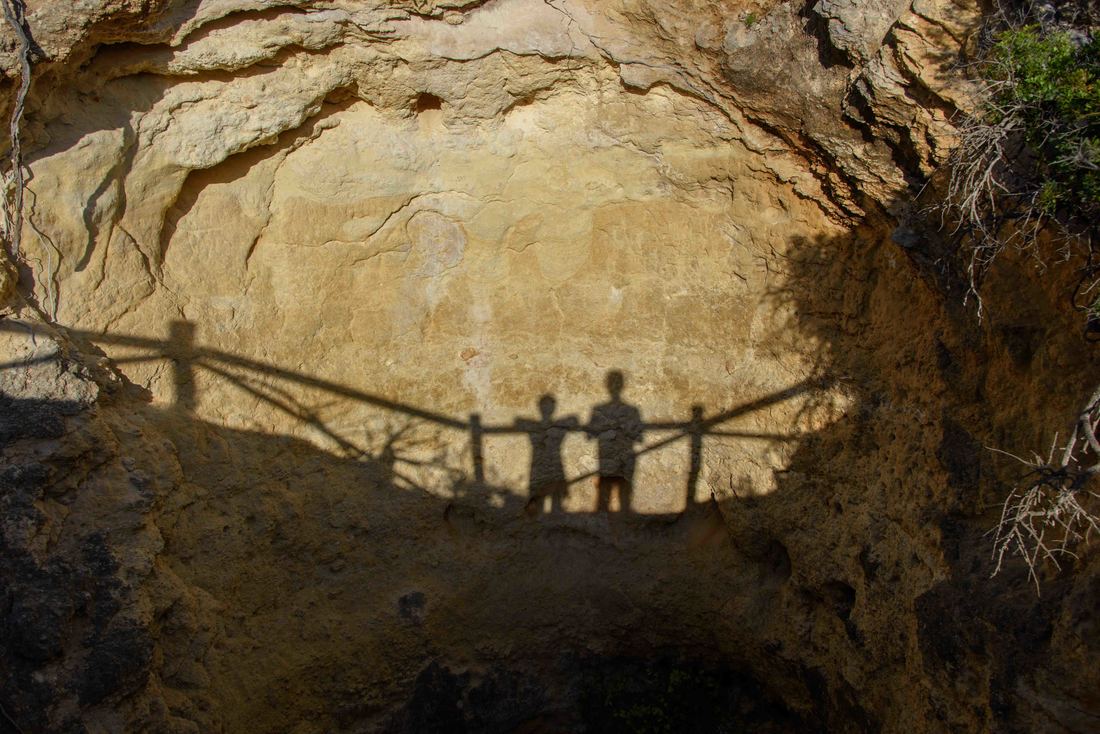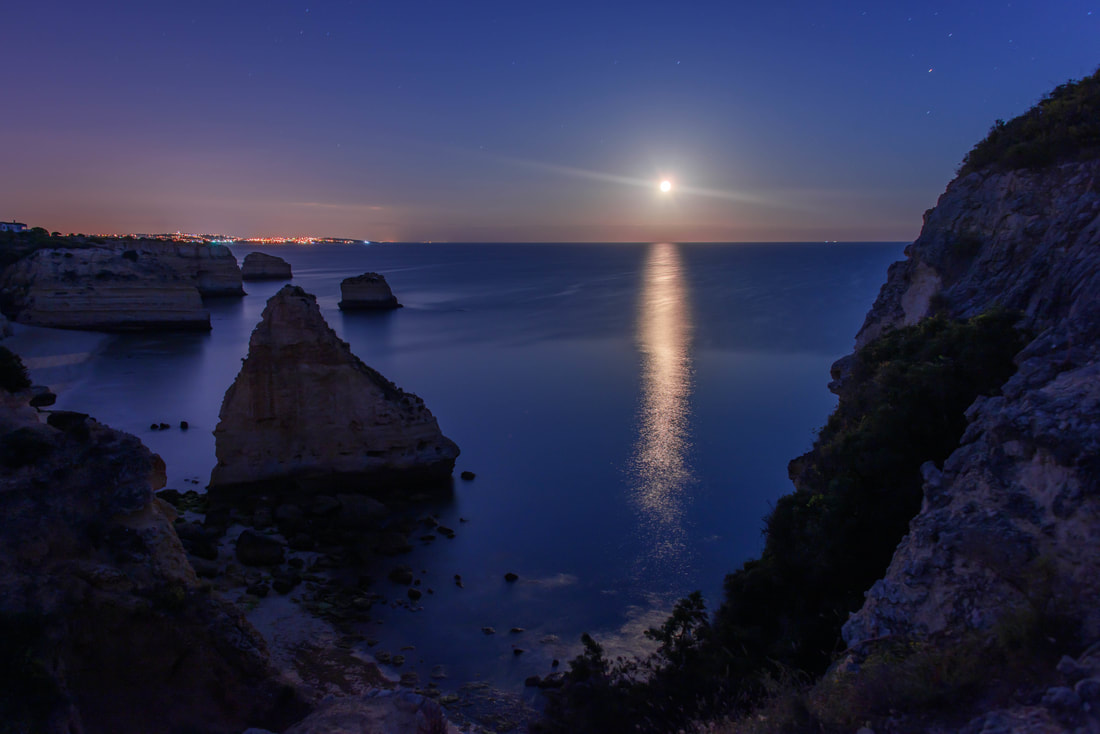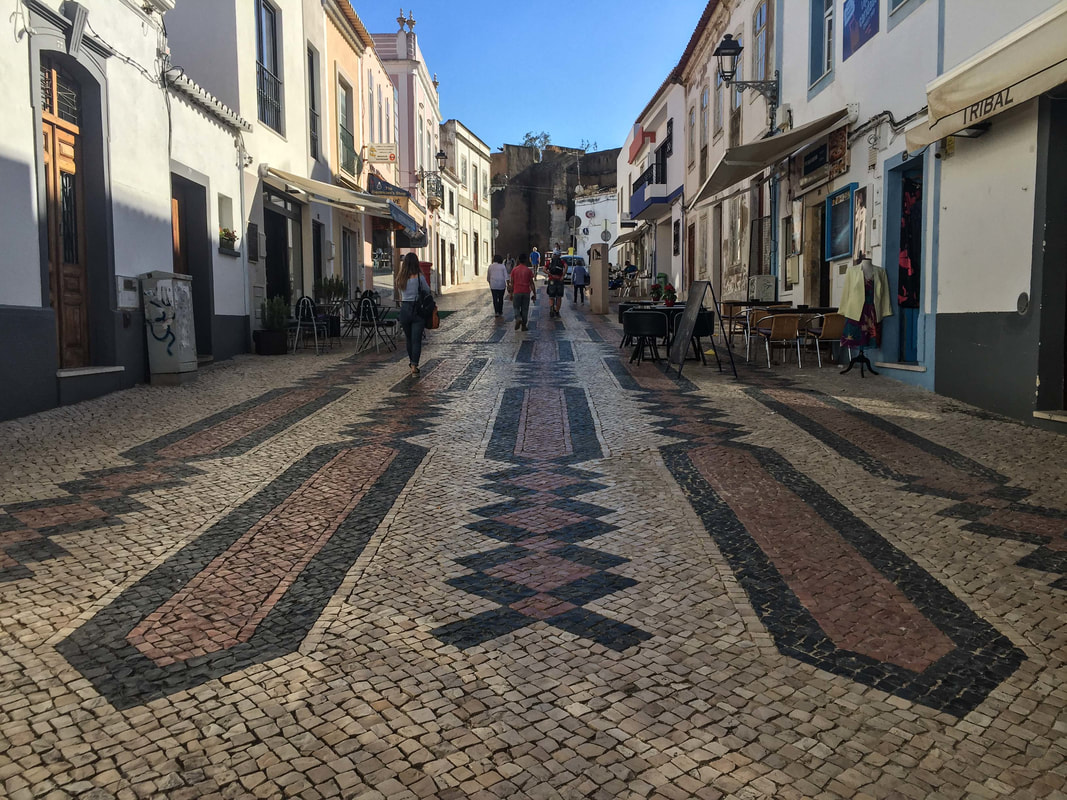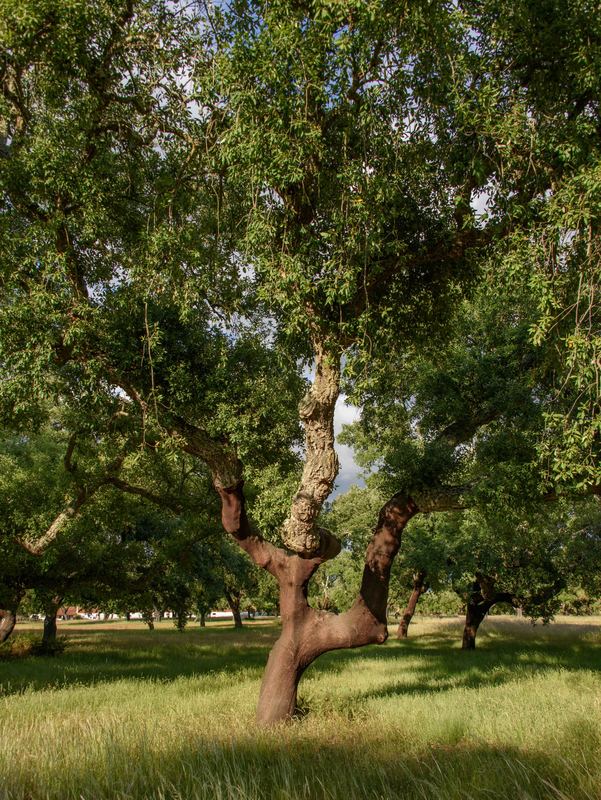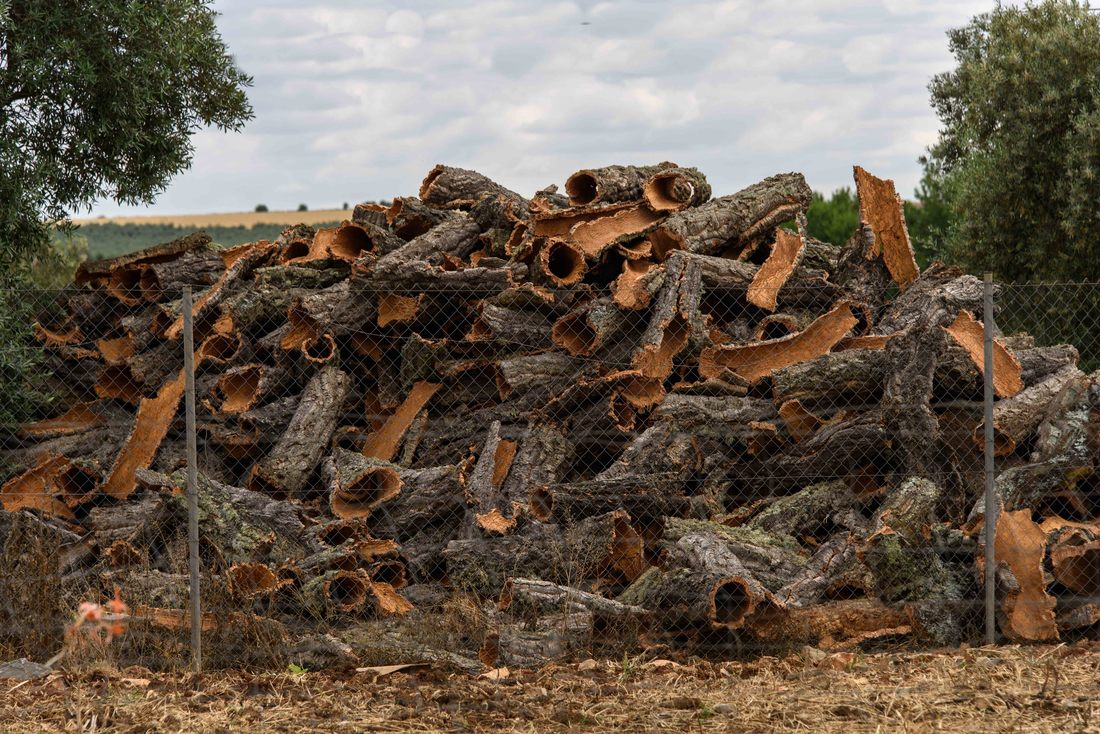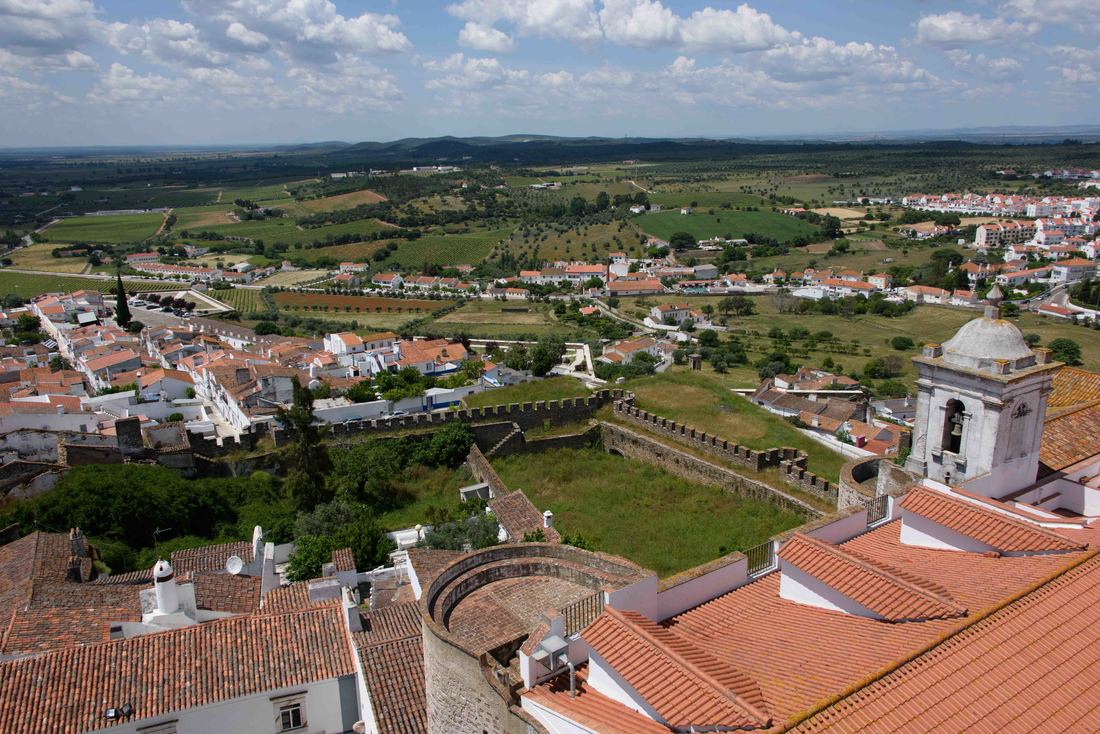
Heading inland the terrain changed to rolling hills (ok knolls) covered with vineyards and olive groves and often topped with a fortified village and castle. After basing ourselves in a hamlet (Montesjuntos) - so small a traveling van filled to the brim with everything from milk to mops served as the store - we fanned out in all directions visiting those hilltops. (Estromez, June 4)
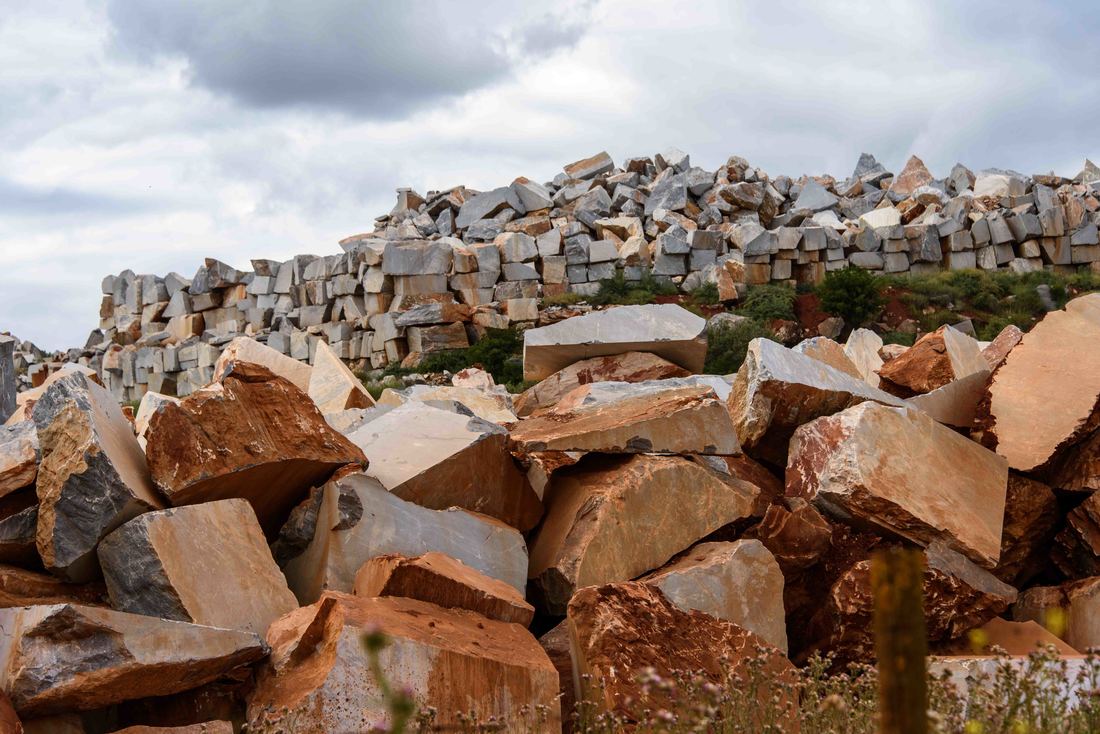
Quarries run along a 50 km stretch of marble rich land. Due to the marble's purity and strength it is considered some of the finest on the world market. With mining never interrupted for at least a couple thousand years, Portugal is the second largest exporter of the stone...Italy and its Carrerra marble gets first prize. (Estromez, June 4)
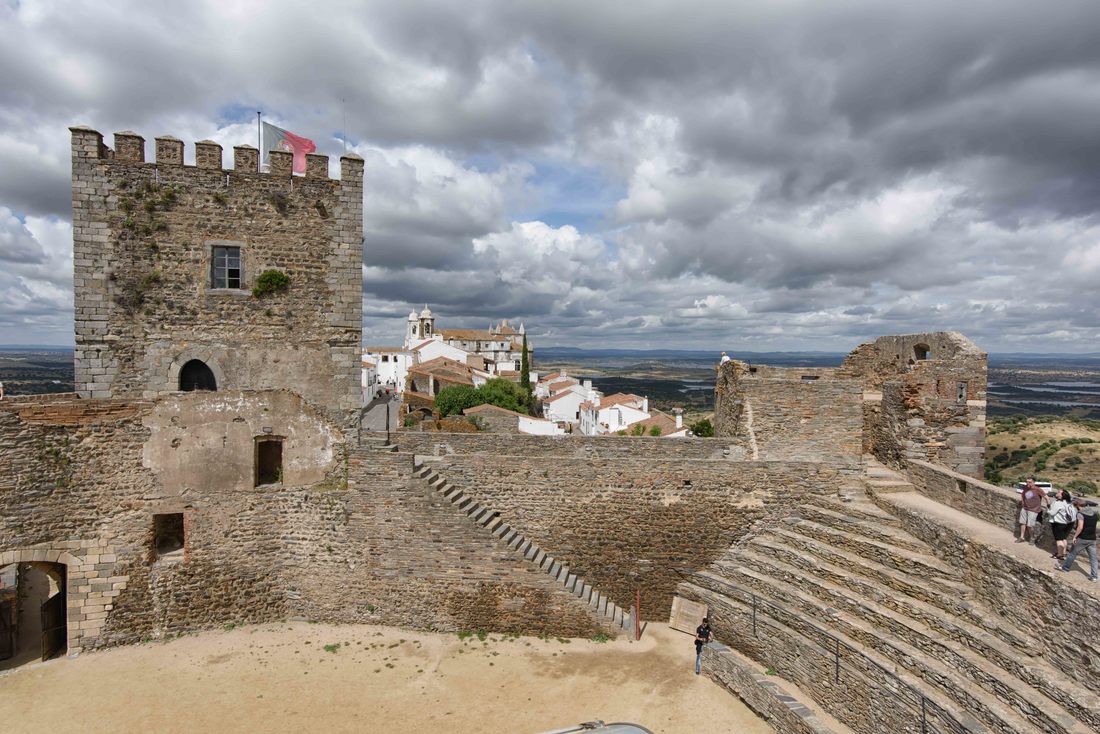
A small hamlet made up of one main street intersected by a handful of cross-streets all contained within the fortification. Of all the villages we visited this one was fully contained within the walls giving it the sense that what we saw was much like it looked a thousand years ago.
(Monsaraz, June 1)
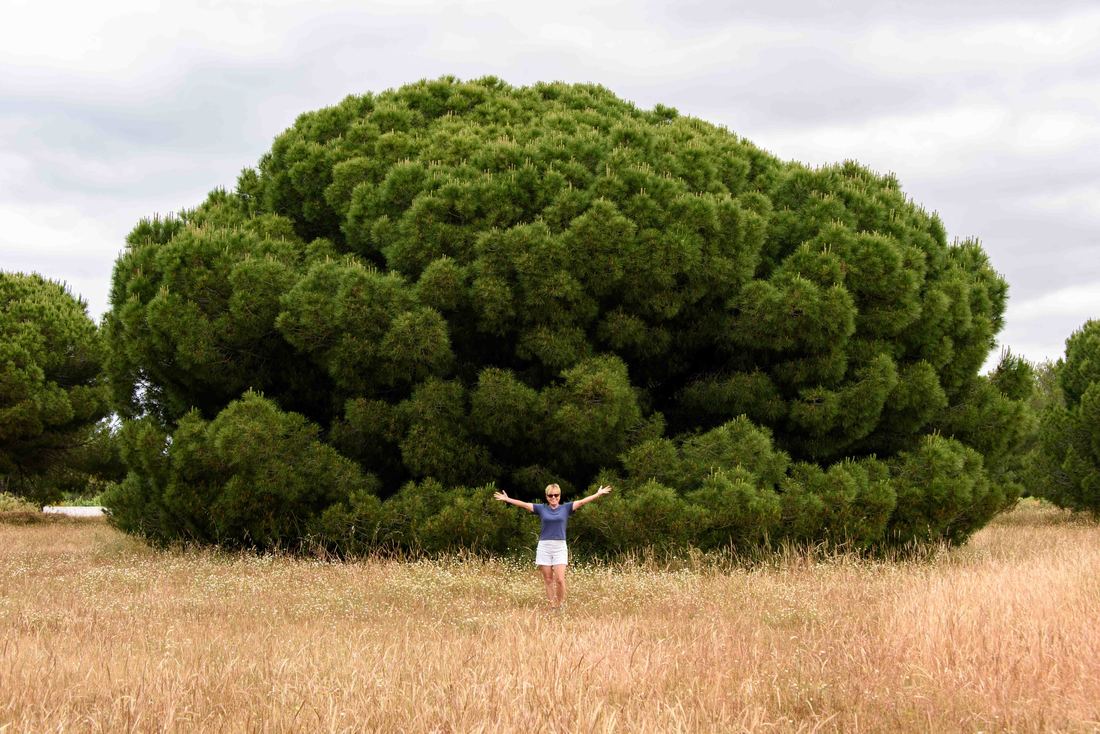
There was a Huffington Post article entitled The Embarrassingly Obvious Truth About Where Pine Nuts Come From... after years of watching squirrels frantically tear apart a pine cone who knew there was a tasty pine nut under each “leaf” of the cone. The pine nuts here are as over-sized as their pine trees.
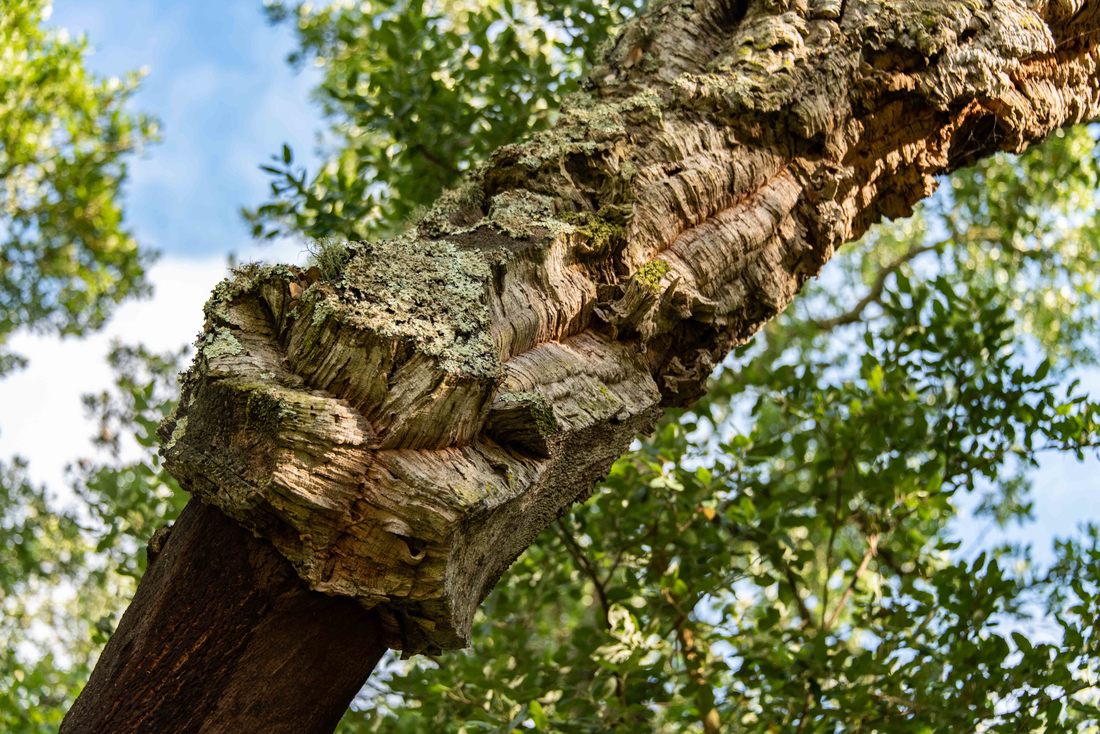
Cork production requires patience and merciful weather gods. After a tree’s initial 35 undisturbed years their first layer of cork (bark) is harvested and, due to its relatively poor quality, sold for pennies on the dollar. After that, about every 9 years large strips of the cork are ‘peeled’ from the outer layer of the trees. This grow-and-peel cycle can repeat for a couple hundred years, while never harming the tree.
